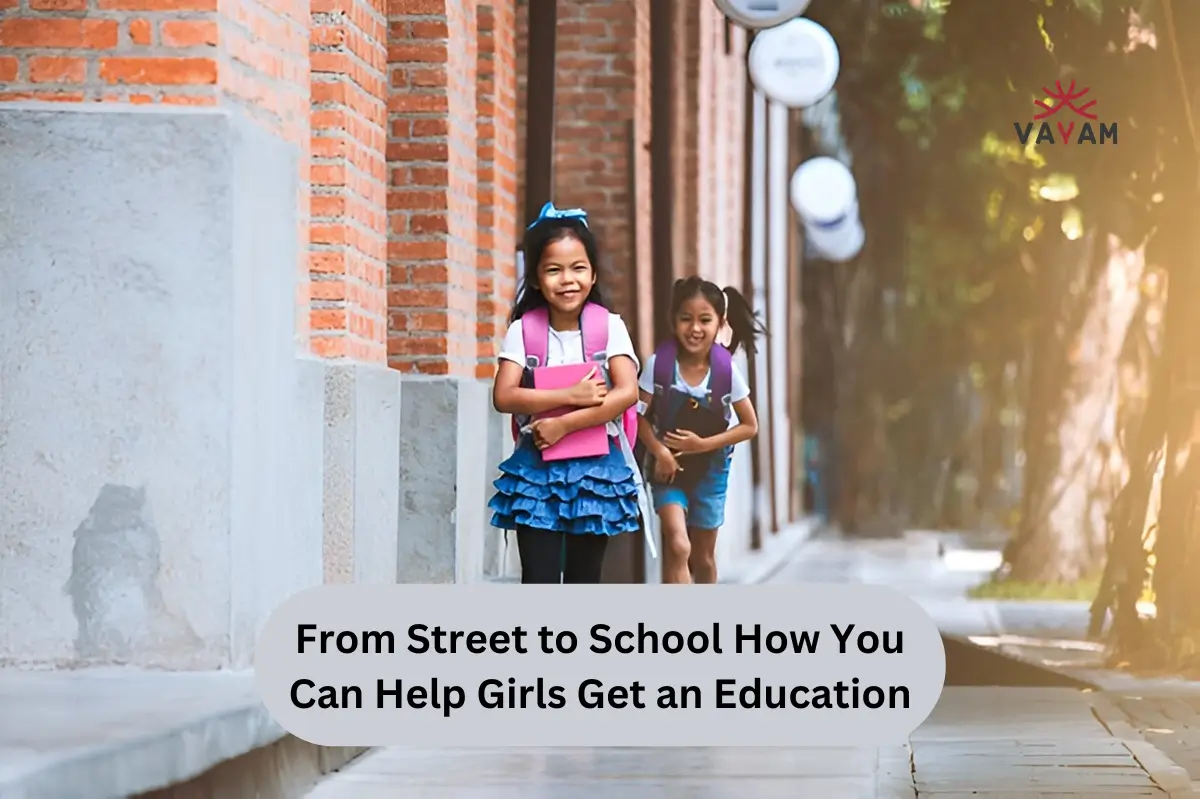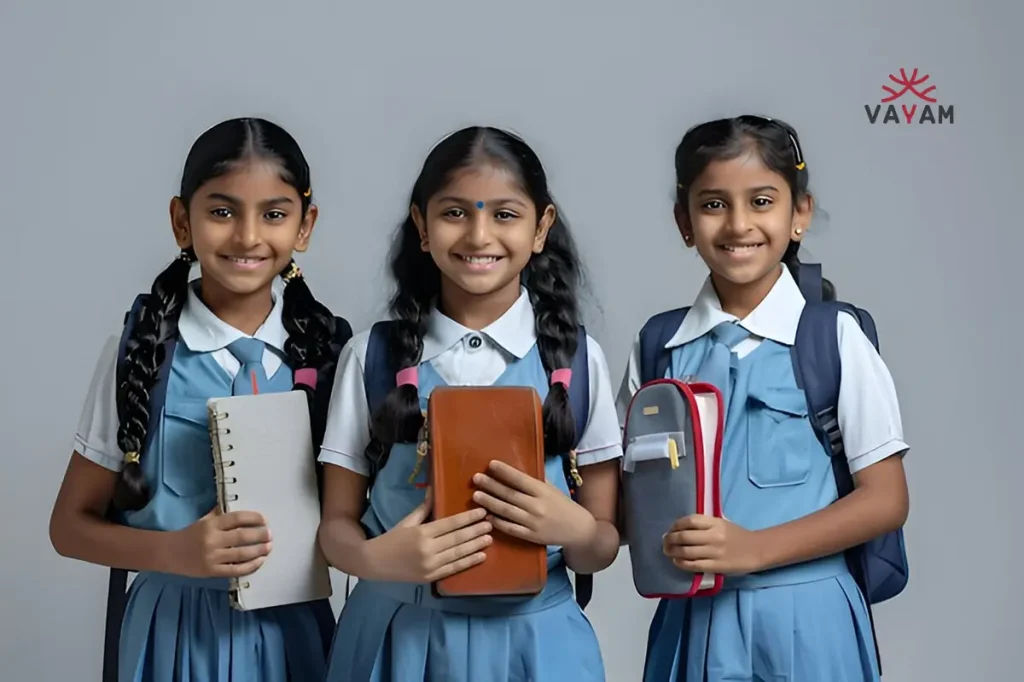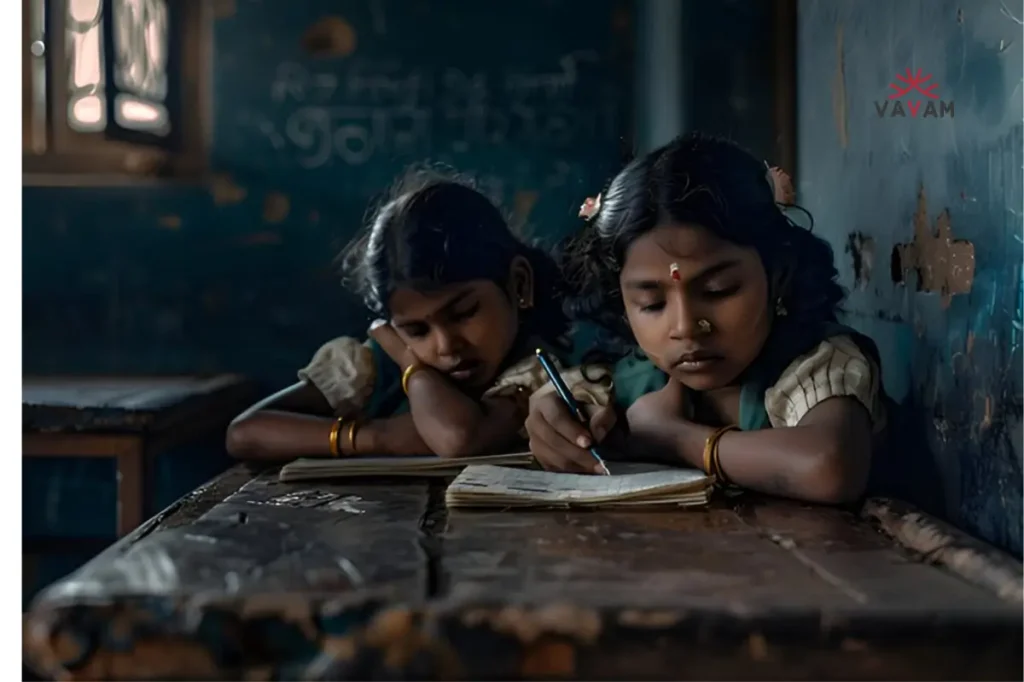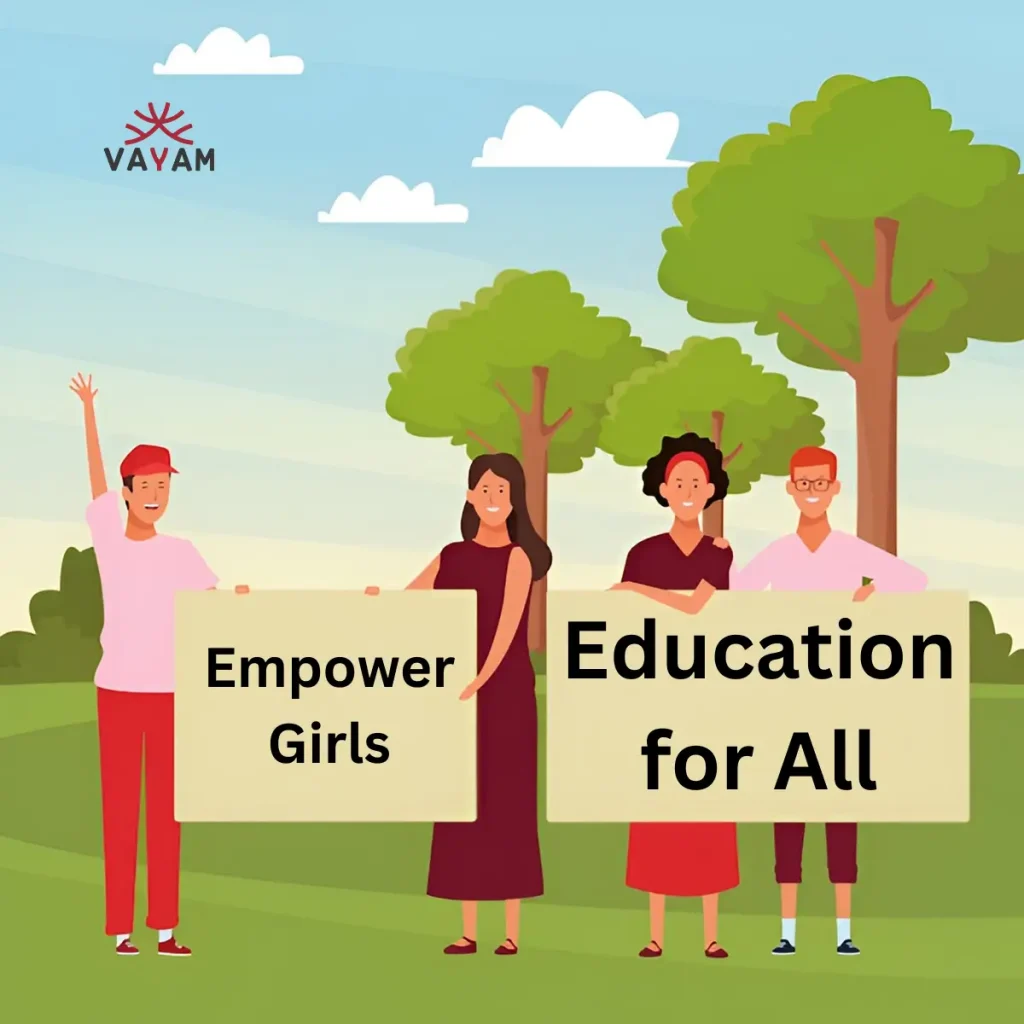
Every child deserves the right to education, yet millions of girls around the world are denied this basic opportunity. From working on the streets to early marriages, countless of them are forced to abandon their dreams of learning.
But change is possible. By understanding the challenges and taking actionable steps, we can help transform lives—one girl at a time. This blog explores how you can play a role in bridging the gap and help them go from the streets to the classroom.
Why Girls’ Education Matters
The Global Education Gap
According to UNESCO, over 129 million girls worldwide are out of school. This gap is even wider in developing countries, where poverty, conflict, and cultural barriers disproportionately affect them.
Education is not just a basic human right; it’s a catalyst for breaking cycles of poverty and inequality. When females are educated, they gain the tools to build better futures for themselves and their communities.
The Ripple Effect of Educating Girls
Educating females doesn’t just benefit them individually—it transforms entire societies. Studies show that educated women are more likely to:
- Earn higher incomes
- Have healthier families
- Participate in decision-making processes
- Contribute to economic growth
Investing in their education is investing in a brighter, more equitable future for all.

Barriers to Girls’ Education
Poverty and Financial Constraints
For many families, sending girls to school is a financial burden. School fees, uniforms, and supplies can be unaffordable, especially in low-income households.
In such cases, they are often pulled out of school to work or help with household chores, perpetuating the cycle of poverty.
Cultural and Social Norms
In some communities, females are expected to prioritize marriage and domestic responsibilities over education. Deep-rooted gender stereotypes often limit their opportunities and reinforce inequality.
Challenging these norms requires a shift in mindset and community engagement.
Safety and Accessibility Issues
For many girls, simply getting to school can be dangerous. Long distances, unsafe transportation, and the risk of harassment or violence are significant barriers.
In conflict zones, the situation is even worse, with schools often targeted or destroyed.
How You Can Help
Donate to Reputable Organizations
Numerous organizations are dedicated to girl’s education, such as Malala Fund, CAMFED, and Room to Read. Your donations can fund scholarships, build schools, and provide essential resources.
Sponsor a Girl’s Education
Sponsorship programs allow you to directly support her education by covering school fees, supplies, and other expenses. This personal connection can be incredibly rewarding.

Advocate for Policy Changes
Support policies that promote gender equality and education for all. Write to your local representatives, sign petitions, and join campaigns that push for systemic change.
Volunteer Your Time and Skills
If you have teaching, mentoring, or fundraising skills, consider volunteering with organizations that focus on female’s education. Your expertise can make a tangible difference.
Raise Awareness in Your Community
Use your voice to spread the word about the importance of feamle education. Host events, share stories on social media, and educate others about the barriers they face.

Read More
The Ultimate Checklist for NGOs Looking for CSR Funding
How MGNREGA Helps Rural Women Achieve Financial Independence
Success Stories: Girls Who Beat the Odds
Malala Yousafzai
Malala’s story is a testament to the power of education. Despite being shot by the Taliban for advocating girls’ education, she continued her fight and became the youngest Nobel Prize laureate.
Memory Banda
Memory, from Malawi, fought against child marriage and helped change laws in her country. She now advocates for girl’s education and empowerment globally.
These stories remind us that change is possible, and every girl has the potential to achieve greatness when given the opportunity.
Frequently Asked Questions (FAQs)
1. Why is girls’ education important?
It is crucial for breaking cycles of poverty, improving health outcomes, and promoting gender equality. It benefits not only individuals but also entire communities and economies.
2. What are the main barriers to female education?
The primary barriers include poverty, cultural norms, safety concerns, and lack of access to schools. Addressing these issues requires a multifaceted approach.
3. How can I help girls get an education?
You can donate to organizations, sponsor a girl’s education, advocate for policy changes, volunteer, or raise awareness in your community.
4. What organizations support feamle education?
Reputable organizations include Malala Fund, CAMFED, Room to Read, and Plan International. These groups work tirelessly to ensure they have access to quality education.
5. How does educating girls benefit society?
They are more likely to earn higher incomes, have healthier families, and contribute to their communities. This creates a ripple effect that lifts entire societies.
Conclusion
Helping girls go from the streets to the classroom is not just a moral imperative—it’s a pathway to a better world. By addressing the barriers and taking actionable steps, we can empower girls to reach their full potential.
Every donation, every voice, and every effort counts. Together, we can ensure that no one is left behind.
